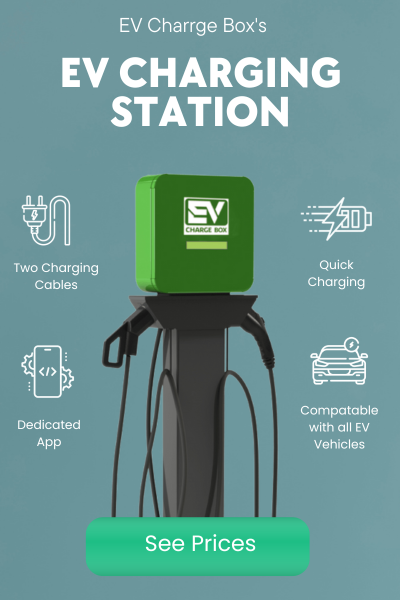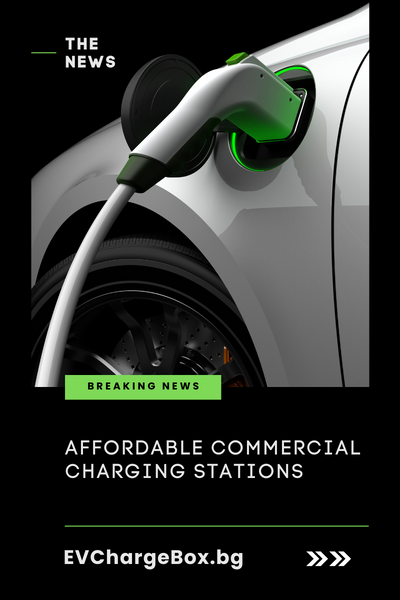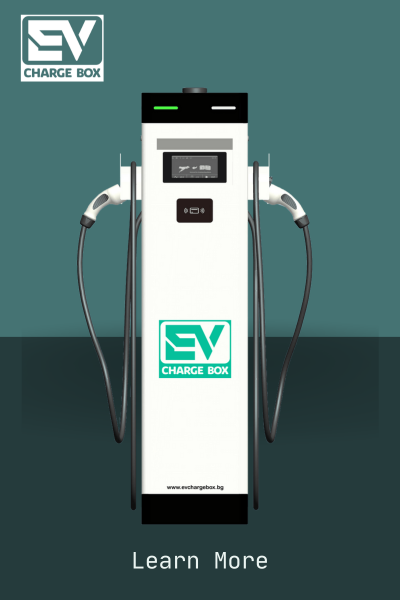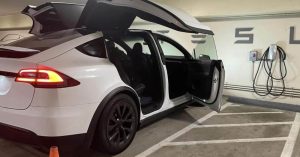Are you operating an electric vehicle (EV) when you hit the road?
EVs have been driving on American roadways for close to 20 years, but the market for them has just seen a huge boom.
1. Global EV sales increased by 108% between 2020 and 2021, more than doubling.
2. The industry sold 10 million EVs in 2022, a significant achievement.
3. According to S&P Global Mobility, this trend will continue, and by 2030, EV sales in the United States may represent 40% of all passenger car sales.
4.The government and investors have both pushed EV manufacturing – President Joe Biden has set the aim of having half of all vehicles sold in the United States by 2030 be either fully electric or hybrid, and firms have invested about $85 billion in the EV industry in 2021 and 2022.
5. There were more than 130,000 charging stations in the United States as of 2022, but if EV production ramps up at the rate envisioned by the Biden administration, there will be an urgent need for many more. By 2030, the administration hopes to have a network of 500,000 chargers in place.
6. With all of these elements at play, it’s easy to see why so many investors are interested in learning more about the EV market.
Components and raw materials
If you want to know where to put your money in the EV business, you need to start by going under the hood. It’s critical that you understand what parts and materials are required to build and power electric vehicles so that you have a clear picture of where your investment can go.
Batteries are the most important component of an EV, so what exactly is a battery? Lithium is an important metal in EV batteries; in fact, lithium-ion batteries are used by the vast majority of EV and plug-in hybrid car manufacturers. Copper, nickel, iron, silver, aluminium, and several other elements are also present. These materials are essential for the production of electric vehicles and are projected to increase in demand as EVs become more popular.
Companies that mine and process the aforementioned resources are a major component of the EV sector. With critical metal costs such as lithium on the rise, EV businesses are investing in strengthening their supply chains. More mines are also required as the demand for electric vehicles grows.
Before you invest, do your homework.
At this point, determining which specific companies are best positioned in the EV market is challenging – there are many players in the industry, and it’s difficult to predict which ones will rise to the top of the heap in the future. This is part of what makes investing in the EV business hazardous, but it may be rewarding for investors prepared to invest time in research and develop a diverse EV portfolio.
Remember that not all EV firms are created equal; some are further along in terms of technology and research than others. Conduct research to determine which organizations are best positioned for the future. Many EV equities remain very speculative and may be appropriate for investors with a higher risk tolerance.
As a result, exchange-traded funds (ETFs) are a popular way to obtain exposure to a wide range of EV assets, including battery manufacturers and clean energy firms, as well as tech companies that develop the communications and charging systems required by EVs. While some ETFs are solely comprised of companies trying to expand into the EV market, others allow for investing in blue-chip “legacy” automotive equities. ETFs provide streamlined diversification, exposing you to less risk than investing in a single company or stock. If you need assistance making an investment choice, consider chatting with an advisor.
References
1. International Energy Agency, “Demand for electric cars is booming, with sales expected to leap 35% this year after a record-breaking 2022.” (April 2023).
2. Statista, “Electric Vehicles – Worldwide.” (2023).
3. International Energy Agency, “Demand for electric cars is booming, with sales expected to leap 35% this year after a record-breaking 2022.” (April 2023).
4. U.S. Bureau of Labor Statistics, “Charging into the Future: The Transition to Electric Vehicles.” (February 2023).
5.The White House, “FACT SHEET: President Biden’s Economic Plan Drives America’s Electric Vehicle Manufacturing Boom.” (September 2022).
6.The White House, “FACT SHEET: Biden-Harris Administration Announces New Standards and Major Progress for a Made-in-America National Network of Electric Vehicle Chargers.” (February 2023).
7. NASDAQ, “Using Commodities to Tap Electric Vehicle Boom.” (March 2023).
8.S&P Global Market Intelligence, “Investing in lithium mines may shield electric-vehicle makers from rising prices.” (November 2022).

















